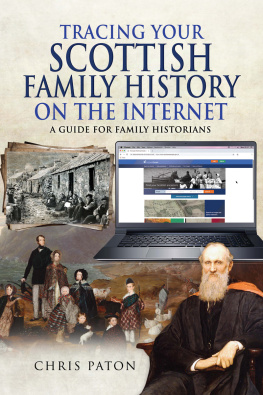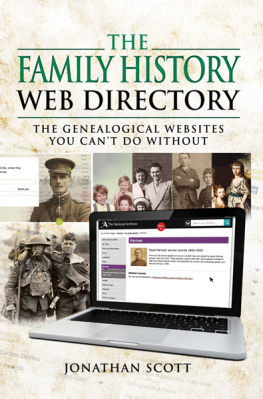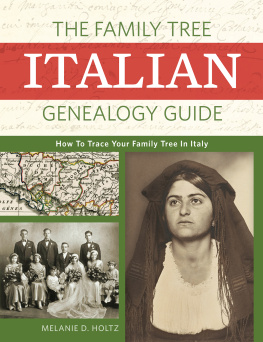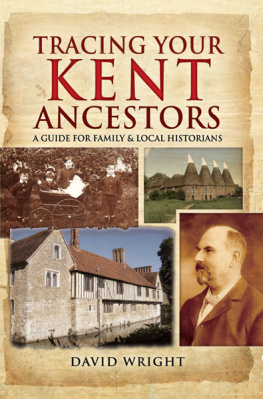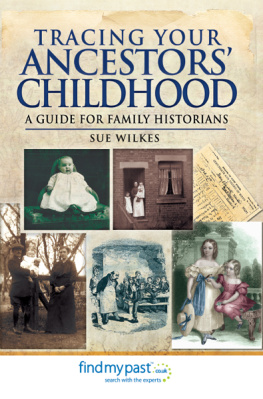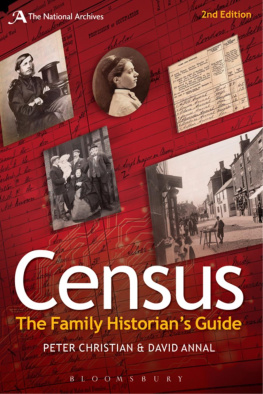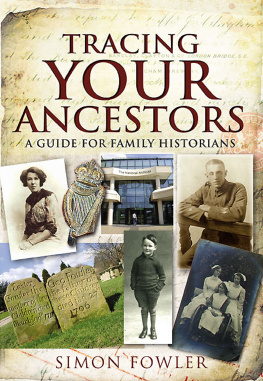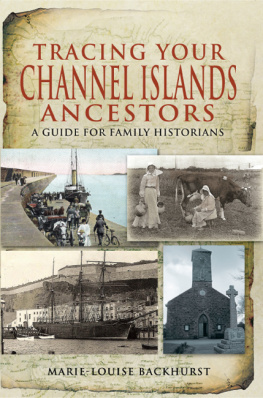
First edition published by The National Archives, Kew London in 2005.
This second edition first published in 2012 by
Bloomsbury Publishing Plc
50 Bedford Square
London WC1B 3DP
www.bloomsbury.com
This electronic edition published in 2013 by Bloomsbury Publishing Plc
Text Copyright David Annal, 2012
The right of David Annal to be identified as the Author of this work has been asserted by him in accordance with the Copyright, Designs and Patents Act 1988.
The National Archives logo device is a trade mark of
The National Archives and is used under licence.
All rights reserved
You may not copy, distribute, transmit, reproduce or otherwisemake available this publication (or any part of it) in any form, or by any means(including without limitation electronic, digital, optical, mechanical, photocopying,printing, recording or otherwise), without the prior written permission of thepublisher. Any person who does any unauthorised act in relation to this publicationmay be liable to criminal prosecution and civil claims for damages
No responsibility for loss caused to any individual or organisation acting or refraining from action as a result of the material in this publication can be accepted by Bloomsbury Publishing Plc or the author.
A CIP record for this book is available from the British Library.
eISBN: 978-1-4081-7881-2
Design by Fiona Pike, Pike Design, Winchester
Visit www.bloomsbury.com to find out more about our authors and their books.
You will find extracts, author interviews, author events and you can sign up for newsletters to be the first to hear about our latest releases and special offers
Dedication
To my two wonderful daughters, Catherine and Isabel.
Picture acknowledgements
. David Annal
. General Register Office (Identity and Passport Service)
. Principal Registry of the Family Division
. Shropshire Archives
. and database right Crown Copyright and Landmark Information Group Ltd (All rights reserved 2005)
. Internet Library of Early Journals
In the eight years since the first edition of Easy Family History was published, the world of family history has changed almost beyond recognition. The original book included frequent references to websites but they were largely there as an afterthought the emphasis was on visiting record offices and libraries to do your research with mention being made of alternative online options where they existed.
Now, of course, the situation has been turned on its head. For almost all of the major sources, the first option is to search online. It was always clear that family history research had a big online future but it is the rate of change that has surprised us all. Just over 10 years ago, when the Church of Jesus Christ of Latter-day Saints (the Mormons) broke the mould with the online launch of the International Genealogical Index (the forerunner of FamilySearch), nobody could possibly have envisaged what the online family history world would look like in 2012.
Its inevitable that these developments will continue apace, with more and more resources being digitised. But technological changes are also likely to have a significant impact on our hobby who knows where the recent advances in the world of netbooks, tablets and other hand-held devices will lead us?
Despite all the changes in the way we access the records, the basic family history research principles remain the same and they always will. So the second edition of this book will still focus on the key sources for family history research and look at what they can tell us about our ancestors; well look at how and why the records were created and well consider how one record source can link to another.
The title of the book was originally chosen to reflect the fact that the book covered sources which were, relatively speaking, easily accessible to most UK-based researchers. Now, as more and more material has become available online, the range of sources which fall into the category of easy has widened. Perhaps the most important group of documents which can now be described as easy are the records of our military ancestors; the vast collections of files and registers recording their service in the British Army, the Royal Navy, the Royal Marines and, more recently, the Royal Air Force. This second edition includes a brand-new chapter dedicated to these fascinating and informative records.
The section on emigration and immigration has also been expanded to include the wealth of material in this area now available online. It mainly covers records of British men and women leaving these shores to start new lives in America, Canada and Australia, but the global nature of research in the 21st century means that we also now have access to documents recording movement to and from many other parts of the world.
Accessing the records may be easy but tracking down our ancestors in them is rarely so. Family history research can be a serious challenge and thats the way we like it. If it was too easy, if we really could just type a name into a website and bring up our entire family history, our research wouldnt be the enjoyable and challenging hobby that it is.
This book covers only the most important sources for family history research and these represent just the tip of a vast iceberg. If youre successful in navigating your way through the records covered here, youll find that youre just at the start of what will almost certainly be a long and enjoyable journey.
Introduction to the first edition: Who are we? Who were they?
This book comes with an important health warning: before you start to take an active interest in your family history you should be aware that there may be no going back!
Youll soon find out that researching your family history can be highly addictive. Over the past few years this once-peaceful little hobby of ours has started to become a bit of a national obsession: articles have appeared in the national press; online releases of historical documents have brought down websites; pressure groups have been formed; and questions have even been asked in the House of Commons.
There are a number of theories as to why this outwardly bookish and academic pursuit should have caught the nations imagination in such an extraordinary way, but the truth of the matter is that no one really knows the answer. Some look for sociological or political reasons a growing detachment from our ancestral roots leading to a need to rediscover an idyllic past. Some put it down more simply to a natural human inquisitiveness, while others point to the growth in leisure time and the opportunities brought about by the advent of the Internet and the World Wide Web.
Im sure that theres some truth in all of these theories and also that the answer is a combination of certain aspects of each. The role of television in all this shouldnt be underestimated: in 1979, the BBC broadcast a landmark programme called, quite simply, Family History. Although it was essentially a personal journey (undertaken by the broadcaster Gordon Honeycombe), it struck a chord with millions of viewers and inspired a generation of family historians.
The programme was groundbreaking in the way that it showed how ordinary people could research documents recording the lives of their ordinary ancestors to tell the story of their family. For the first time, family history was presented as a hobby that everyone could get involved in rather than being the exclusive preserve of the aristocracy.
Moving rapidly forward some 25 years, we come to another groundbreaking television series. In October 2004, the BBC began a series of programmes following the personal journeys of 10 celebrities as they set about discovering the truth about their ancestors. The public reaction to
Next page

